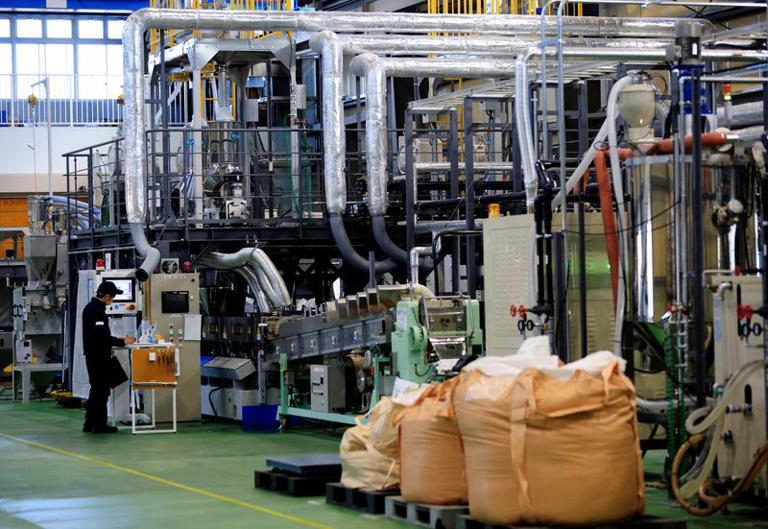In July, Japan’s economic landscape presented a mixed picture, with the manufacturing sector experiencing a slight contraction while the overall private sector activity saw growth, largely driven by a robust performance in the service sector. This divergence highlights the varying dynamics within Japan’s economy and the ongoing challenges faced by different sectors.
The au Jibun Bank flash Japan manufacturing purchasing managers’ index (PMI) fell to 49.2 in July, down from 50.0 in June. This decline indicates that the manufacturing sector contracted for the first time in three months. The PMI is a critical indicator of economic health, with readings below 50.0 signifying a contraction in activity. The drop in July was driven by a reduction in output and weaker new orders, which fell to their lowest levels since February. The contraction in manufacturing was compounded by an increase in input costs, which surged to their highest level since April 2023. This uptick in costs was linked to higher prices for raw materials, exacerbated by the yen’s depreciation against the U.S. dollar. Despite these pressures, output prices eased to a four-month low, providing some relief to manufacturers.
Usamah Bhatti, an economist at S&P Global Market Intelligence, which compiled the survey, highlighted that while the manufacturing sector struggled, the service sector demonstrated significant resilience. Service providers led the expansion, with activity in the sector reaching a three-month high. The au Jibun Bank flash services PMI rose to 53.9 in July, a notable improvement from 49.4 in June. This increase reflects strong demand and a rebound in new business, which supported the service sector’s growth. The rise in the services PMI was also accompanied by an increase in outstanding business, which hit its highest level since March, suggesting that service providers are operating at full capacity and facing increased demand.
The overall health of Japan’s private sector is captured by the au Jibun Bank flash Japan composite PMI, which combines both manufacturing and service sector activities. This index rose to 52.6 in July, up from 49.7 in June, indicating that the overall private sector returned to growth. The composite PMI’s increase suggests that while manufacturing faced challenges, the service sector’s strong performance was sufficient to drive overall economic expansion.
The broader economic context is also influenced by external factors, such as the recent decline in the yen’s value. The yen fell to a 38-year low against the U.S. dollar earlier this month, which has contributed to higher import costs and accelerated wholesale inflation. The depreciation of the yen could further pressure import prices and contribute to inflationary pressures in the coming months. This decline in the yen has heightened the cost of raw materials, adding to the financial strain on manufacturers and potentially impacting consumer prices.
In summary, Japan’s economy in July displayed a complex mix of contraction and growth. The manufacturing sector faced challenges, with reduced output and higher costs, leading to a contraction in activity. In contrast, the service sector showed robust growth, driving overall private sector expansion. The combined effect of these dynamics is reflected in the composite PMI, which indicates a return to growth for the private sector. However, the yen’s decline and its impact on import costs and inflation remain significant concerns that could influence Japan’s economic outlook in the near future.
